2018
A missile defence shield is deployed in Europe
Europe is now protected by a continent-wide missile defence system, developed and deployed by the US military.
This has been established in phases between 2011 and 2018.
Europe is now protected by a continent-wide missile defence system, developed and deployed by the US military.
This has been established in phases between 2011 and 2018.
Phase 1 saw the deployment of a land-based early warning radar - which Turkey agreed to host - as well as ships in the Mediterranean equipped with proven SM-3 interceptors.
Phase 2 saw the creation of a land-based SM-3 interceptor site in Romania - in order to expand the defended area against short- and medium-range missile threats.
Phase 3, the most significant phase, added a more advanced SM-3 interceptor (Block IIA) and a second land-based SM-3 site, which Poland agreed to host. This would counter short-, medium- and intermediate-range missile threats. The system is located at Redzikowo military base, close to the Baltic Sea and Lithuania, roughly 50 miles from the Russian exclave of Kaliningrad.*
An additional fourth and final phase will be completed in 2020 with missiles being upgraded.*
Initially, this defence shield resulted in a cooling of relations between the US and Russia. The latter expressed concerns over the presence of missiles so close to its border, which it viewed as a security threat. This was despite assurances from the US that the shield was for potential threats from Iran and the Middle East - and was neither designed nor capable of threatening the large numbers and sophisticated ability of Russia's strategic forces.*
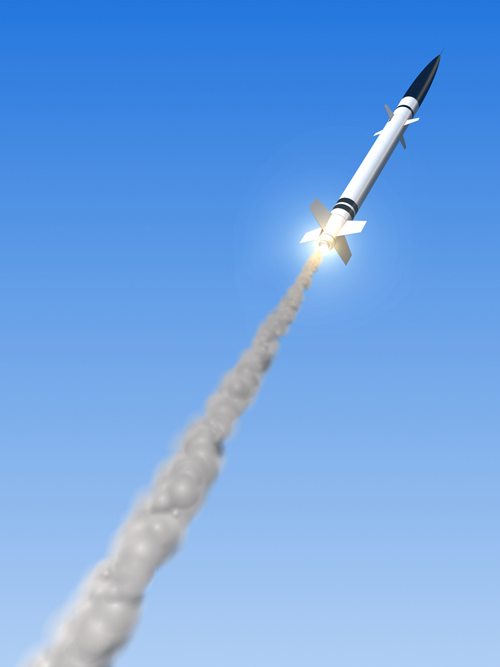
The African Central Bank is established
Following many years of diplomatic talks, a unified African Central Bank has been established.* This represents a crucial step towards a more stable and developed Africa.
Following many years of diplomatic talks, a unified African Central Bank has been established.* This represents a crucial step towards a more stable and developed Africa.
Although international efforts were made in recent years, mostly as part of the UN's Millennium Development Goals, the continent still had numerous problems to deal with. Despite medical advances and socio-economic progress, famine and disease were on-going issues. In the north, residual tensions and instability remained, following the protests and uprisings that raged earlier in the decade. The Horn of Africa was plagued by drought and civil unrest, while piracy off the coast of Somalia had only increased as oil and other commodities rose in value.
It became clear in recent years that a lasting and meaningful prosperity could only be achieved by the entire continent working together as one. Following the 2011 overthrow of its main proponent, Muammar Gaddafi, the plan for a United States of Africa came to be regarded as a dead proposal. However, countries were working together in other ways. The East African Federation, for instance, was successfully established in 2015.** This was a full political federation of five member states - Burundi, Kenya, Rwanda, Tanzania and Uganda - creating the second most populous nation in Africa (after Nigeria).
The growing need for a larger, more unified and far-reaching financial institution, in order to be fully integrated with the global economy, has led to further progress in developing the African Central Bank. Finally established in 2018, the benefits of this continental bank are immediate and substantial. Now acting as the banker for the African Union (consisting of 54 individual states), the Central Bank is able to regulate trade standards and currency value - supporting both public and private banking while setting interest and exchange rates.
The next step will be creating a pan-African single currency - known as the "Afro" - on schedule to take place in the early 2020s.* It is hoped that this development will be the keystone to helping each nation in the long term, especially the poorest, with value fluctuations and inequality becoming less and less rampant. The free movement of goods, persons, services, labour and capital will do much to improve the regional economy. A human rights court and monetary fund will also be set up. In addition, Africa finds itself in a uniquely advantageous position, in that it can learn from the past mistakes of Europe and the Euro. A prosperous and stable Africa now appears within sight for the first time.
However, true economic prosperity is still a far-off goal for most of the people of Africa, whose population has swelled to over 1.3 billion.* The looming threat of climate change will be the continent's biggest challenge of all.
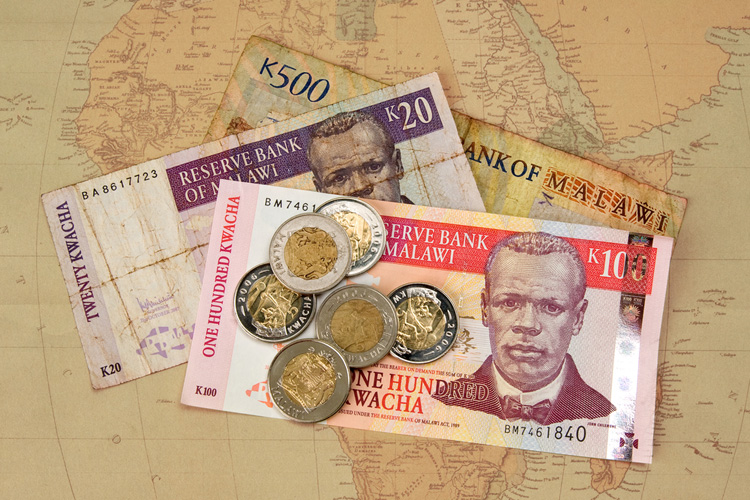
Oil drilling gets underway in the Arctic National Wildlife Refuge
Faced with growing energy shortages and rising energy demands, the US has begun drilling in the Arctic National Wildlife Refuge (ANWR), located in northeastern Alaska.* This remote area contains approximately 2.6 billion barrels of economically recoverable oil - significantly boosting domestic production. Between 2018 and 2030, expenditures on foreign oil imports are reduced by over $200 billion, while hundreds of thousands of new jobs are created throughout the country.
Faced with growing energy shortages and rising energy demands, the US has begun drilling in the Arctic National Wildlife Refuge (ANWR), located in northeastern Alaska.* This remote area contains approximately 2.6 billion barrels of economically recoverable oil - significantly boosting domestic production. Between 2018 and 2030, expenditures on foreign oil imports are reduced by over $200 billion, while hundreds of thousands of new jobs are created throughout the country.
Production in ANWR reaches a peak of roughly 780,000 barrels per day in 2027, declining to 710,000 barrels per day by 2030. For comparison, the USA as a whole produced roughly 5 million barrels of crude oil per day in 2010.
This move is extremely controversial, however. ANWR is one of the most pristine and beautiful parts of the world, with a greater variety of plant and animal life than any other protected area in the Arctic Circle. Until now, it had been undisturbed by human industrial activity. There are grave concerns among environmental groups about the potential for accidents and the spoiling of natural landscapes by drill sites, airports, roads and other infrastructure, as well as the impact of CO2 emissions. However, the need for jobs and economic growth remains the number one issue in the country today and as such, these environmental concerns are being brushed aside for now.
Various other big projects have been implemented recently - including the expansion of drilling in the Gulf of Mexico, as well as the Keystone Pipeline System for transporting oil from the Athabasca Oil Sands in northeastern Alberta to refineries in Illinois and Oklahoma, and further to the Gulf Coast.
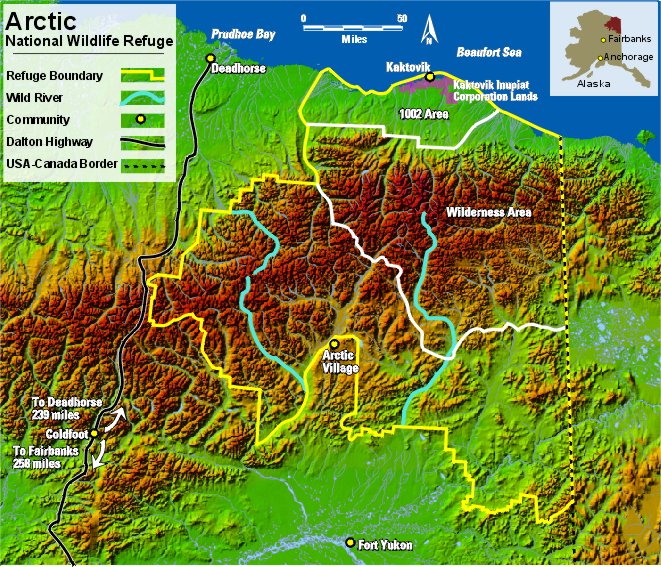
Russia hosts the FIFA World Cup
This is the first time Russia has hosted the World Cup. Some $10 billion are spent on the tournament, which is spread over fourteen venues including Moscow and St. Petersburg.
As of 2010, there were no stadia in the country with 80,000+ capacities, but Luzhniki Stadium in Moscow is expanded to 90,000 seats in time for the games.
The James Webb telescope is launched
The long-awaited successor to the Hubble Space Telescope is launched. Its primary mirror has a collecting area six times larger than Hubble. The telescope is situated in an L2 orbit approximately 1.5 million kilometres from Earth. Originally planned for 2014, it was delayed until 2018 due to budgetary constraints.*
The long-awaited successor to the Hubble Space Telescope is launched. Its primary mirror has a collecting area six times larger than Hubble. The telescope is situated in an L2 orbit approximately 1.5 million kilometres from Earth. Originally planned for 2014, it was delayed until 2018 due to budgetary constraints.*

Credit: NASA
A drug to prevent obesity
A drug that lets people eat whatever they want without gaining weight is being developed.* This works by "switching off" the fat insulin receptor gene. Though initially expensive, there is enormous demand for this product, which leads to a major drop in obesity levels throughout the developed world - especially in countries like the USA, which until now had been experiencing a crisis in this regard. Average life expectancy is increased as a result, since there are less people dying of heart-related illnesses.

Crossrail opens in London
In development since the 80s, Crossrail is finally opened this year. One of Europe's largest ever transport projects, this boosts London's subway capacity by over 10%, bringing huge regenerative benefits.
In development since the 80s, Crossrail is finally opened this year. One of Europe's largest ever transport projects, this boosts London's subway capacity by over 10%, bringing huge regenerative benefits.
The line is 120 km in length (including 42 km of tunnels) and runs from Berkshire in the west, to Essex in the east, linking together all of the main economic hubs in the capital - Heathrow Airport, the West End, the City of London and Canary Wharf. Ten-coach trains, 200 metres long, run at frequencies of 24 trains per hour in each direction during peak periods.
The original planned schedule was for the first trains to run in 2017. A Comprehensive Spending Review in 2010 - saving over £1bn of the £16bn projected costs - meant that the first trains to run on the central section would be delayed until 2018.*
The City Circle Line opens in Copenhagen
Copenhagen's Metro was first opened in 2002. Back then, only two lines were operational - running from Vanløse to Vestamager and Lergravsparken. The next phase commenced in 2007, with an extension of the existing line to Copenhagen Airport. This meant that journeys from the city centre of Copenhagen to the airport could be achieved in just 14 minutes. The fourth phase of the Metro - called Cityringen - opens in 2018.* This new line is a substantial upgrade, with 17 new stations covering major parts of the city centre as well as the Østerbro, Nørrebro, and Vesterbro districts and the Municipality of Frederiksberg previously not covered by the S-train or Metro line service.
Copenhagen's Metro was first opened in 2002. Back then, only two lines were operational - running from Vanløse to Vestamager and Lergravsparken. The next phase commenced in 2007, with an extension of the existing line to Copenhagen Airport. This meant that journeys from the city centre of Copenhagen to the airport could be achieved in just 14 minutes. The fourth phase of the Metro - called Cityringen - opens in 2018.* This new line is a substantial upgrade, with 17 new stations covering major parts of the city centre as well as the Østerbro, Nørrebro, and Vesterbro districts and the Municipality of Frederiksberg previously not covered by the S-train or Metro line service.
The Transbay Transit Center is completed in San Francisco
The population of California has continued to grow and grow. This has created some of the worst urban traffic problems in America. One of the places most badly affected has been the San Francisco Bay Area.
The population of California has continued to grow and grow. This has created some of the worst urban traffic problems in America. One of the places most badly affected has been the San Francisco Bay Area.
The main transport hub in downtown San Francisco had since 1939 been the original Transbay Terminal, located in the South of Market Neighborhood near the Financial District. In 2010, however, to address the increasing stresses on the transportation system, this old station was demolished to make way for a new, high-tech development - something which had been in planning since the 1960s.
Demolition began in 2010, with a temporary station built to handle traffic over the seven year construction period. The first phase of the $4bn project would be completed in 2017. This would include a five storey, 1,400 foot long, million square foot transit centre, complete with numerous bus terminals, each with ramps connecting the stations to a new off-site bus storage facility and the nearby Oakland Bay Bridge. A 5.4 acre park would be included on top of the transit centre. The highly efficient re-design of the bus ramp system opened up parcels of land for a series of buildings which - together with the transit terminal - would make up San Francisco's grand urban renewal project. This part of the project would cover 40 acres and consist of townhouses, low to mid-rise buildings and skyscrapers, along with parks and recreation, overall providing 2,600 new homes, three million square feet of office space and over 100,000 square feet of retail space. The centrepiece of this development is the Transit Tower. Soaring to over 1,000 feet, it becomes the tallest tower on the American West Coast.
The second and final phase - completed in 2018* - is the Downtown Rail Extension. This 1.3 mile long, primarily underground rail line connects the California commuter rail line, Caltrain, to downtown San Francisco, linking the city to the Peninsula, San Jose and Silicon Valley. This major extension opens the doors for new jobs and very rapid commutes in and out of the city. It is also made to accommodate the future California High Speed Rail Line, scheduled to open by 2025. Overall, the project connects Caltrain, Greyhound, Golden Gate Transit, Muni, SamTrams, AC Transit, Bay Area Rapid Transit (BART), WestCAT and Amtrak.
The development is designed with the environment in mind, too. Its open design allows for natural light, low-energy ventilation and passive cooling. LED lights are used extensively, while many buildings including the Transit Tower are outfitted with wind turbines. Another key feature is that the entire development is built to withstand earthquakes; a likely possibility in the Bay Area.
Once completed, the Transbay Transit Center helps to accommodate the rapidly growing population of California - predicted to rise from 37 million in 2010, to 51 million by 2030.*
Many complex surgeries are performed by robots
Basic robotic surgeons have been around since the 1990s. In the first decade of the 21st century, they remained uncommon and relatively simple, though high-end companies began to develop their own more advanced models.*
Surgeries were divided between supervisory-controlled systems, telesurgical systems and shared-control systems. Supervisory-controlled systems were the most automated - requiring a human only to input directional data, and to supervise the operation to take control if anything went wrong. Shared-control systems were the least automated, in which human surgeons were physically present and did most of the work, but were aided by robots.
Though yet to become widespread, many large hospitals and universities had their own automated systems in place by 2010. Continued tests and trials of these machines greatly improved their accuracy and reliability. The growing number of successful surgeries made patients more willing to trust in robotic procedures.
By the mid-2010s, many cardiothoracic, gastrointestinal and orthopaedic surgeries could be handled almost entirely by remote-controlled robots. By 2018, the majority of large hospitals in the developed world use a robotic surgeon on at least a semi-regular basis. South Korea in particular is leading the way in this field, with almost every hospital in the nation using them routinely.* The latest models feature improved dexterity and multitasking, high quality incision tools and higher levels of automation. New ultra-small cameras are also in use, giving controllers an extreme close-up view of the operation.*
Previously, it could take a dozen surgeons, anaesthetists and nurses to perform surgeries, with even more for certain complex procedures. Now, robots can remove some or all of this burden, performing the jobs of several different specialists at once and working around the clock without tiring.* Surgeries in 2018 often consist of just one or two human supervisors overseeing a robot's work. In the long run, this helps to reduce health costs. Additionally, robots offer much higher precision than humans, so patients are able to leave the operating table with less collateral trauma.
Telesurgery is now being looked into as a way for doctors to conduct surgeries over long distances. This could allow a specialist surgeon in England to operate on a patient in Australia for example, using only remote-controlled robots. However, issues with latency will delay this practice from entering the mainstream for a while yet.
Despite being another profession threatened by automation, hospital surgery remains a primarily human undertaking for now. Robotic operations are still in their infancy, requiring the presence and supervision of doctors and other personnel. It will be a long time before human medics are made entirely redundant by this technology.
Robot insect spies are in military use
These "micro aerial vehicles" - no larger than a common house fly - have been in development for over a decade.* One of the major hurdles was creating sufficient battery power in such a small object, as well as keeping them light enough to remain airborne.
The robots are used in spying missions, where they quite literally serve as a "fly on the wall" - recording and transmitting audio-visual information. An individual robot is equipped with miniature cameras, microphones, modem and GPS. A number of terrorist cells are being infiltrated thanks to this new technology.
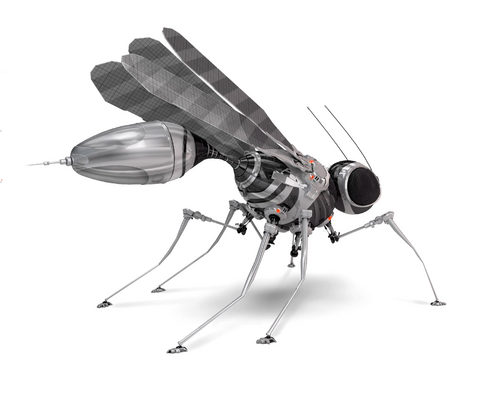
Ubiquitous internet nodes connect appliances, vehicles, etc.
In developed nations, many of the day-to-day routines in the home are becoming automated. Fridges, for instance, can be programmed to order new food before they become empty.* RFID microchips - smaller than grains of sand - are printed on packaging labels. These connect wirelessly to the refrigerator, which sends an order via the Internet. New food is then delivered to the customer's door at a pre-arranged time.
In developed nations, many of the day-to-day routines in the home are becoming automated. Fridges, for instance, can be programmed to order new food before they become empty.* RFID microchips - smaller than grains of sand - are printed on packaging labels. These connect wirelessly to the refrigerator, which sends an order via the Internet. New food is then delivered to the customer's door at a pre-arranged time.
Boilers and other appliances can notify an engineer when they break down, while heat and lighting systems can be activated in real time as a person is on their way home from work (rather than being programmed for a fixed time).
Devices are also being synchronised in various ways. They can even sense where you are in the home. A person can be listening to a football commentary in their bedroom, for example, then walk to the lounge and have the television activate itself, then walk to their car outside and have the signal "follow" them by turning on the appropriate radio channel.
In addition to being linked with their user's home network, the majority of cars now have Internet access and speech recognition as standard.*

Consumer devices with 100 Gbit/s transfer speeds
A new form of data transfer is now available for the consumer market. This is known as "Thunderbolt" and is replacing the Universal Serial Bus (USB) leads which have been the standard for many years. The USB 3.0 specification allowed transfer speeds of 4.8 Gbit/s. An early version of Thunderbolt (codenamed "Light Peak") achieved 10 Gbit/s. This latest version, however, can achieve 100 Gbit/s - enough to transfer an entire Blu-ray movie in just three seconds.*
The optical technology of Thunderbolt also allows smaller connectors with longer, thinner and more flexible cables. Additionally, it can run multiple protocols simultaneously over a single cable, enabling the technology to connect devices such as peripherals, workstations, displays, disk drives, docking stations and more.
Scientists drill into Earth's mantle
The first successful attempt is made to retrieve samples from Earth's mantle - the part of the planet that lies between the crust and the outer core. What was once considered science fiction has now been made possible thanks to advances in drilling technology.*
The first successful attempt is made to retrieve samples from Earth's mantle - the part of the planet that lies between the crust and the outer core. What was once considered science fiction has now been made possible thanks to advances in drilling technology.*
The operation takes place in the Pacific, where the crust is much thinner, but still requires burrowing through some five miles (eight kilometres) of solid rock. Temperatures range from 500-900°C (932-1,652°F) at the upper boundary with the crust, while pressures exceed 4 million pounds per square foot (21 million kilograms per square meter). Seawater is pumped down into the hole at sufficient pressure that samples can be forced back up to the surface.
Until now, little has been known about the mantle, since the only samples to arrive at the surface have come from volcanoes or ancient mountain belts. Now for the first time, scientists can analyse "pure" extracts directly from the mantle which have been untainted by time or geological processes. This data reveals much about Earth's origins and early history. In addition, it provides insight into how current mantle processes operate - highly important in understanding the plate tectonics which drive earthquakes, tsunamis and eruptions.
Microbial life is also discovered at previously unexplored depths within the lower crust. These new forms of extremophile bacteria are found to survive in extraordinarily high temperatures, increasing the probability of alien life elsewhere in the universe.

The Mackenzie Valley Pipeline is completed in Canada
Like its European cousin, Nabucco, the Mackenzie Valley Pipeline had to overcome numerous obstacles in order to be realised. This giant energy project had been at the planning stage for 35 years, the main barrier to completion being the opposition of native tribes whose land it was intended to run through.*
By 2011, however, many tribes had dropped their opposition. This change of opinion was mainly a result of the Canadian government pledging billions of dollars to the aboriginal First Nations of Canada. Indeed, the Nations would eventually come to own one-third of the pipeline itself. With project approval given, work on the pipeline and the natural gas fields it would exploit began in 2014, with the first flow of gas starting in late 2018.*
In total, Mackenzie Valley stretches 743 miles (1,196 kilometres) - beginning at the Beaufort Sea and passing through the Northwest Territories, before connecting to existing pipelines in northern Alberta. Around 18.5 billion cubic metres of gas pass through the pipeline each year. The total cost of this project is almost $22 billion.
Although much of the boreal forest the Mackenzie Valley runs through has been protected, concerns are still raised about the environmental impact. Many are worried about the increased development of the Canadian wilderness which the project's success encourages. Other huge gas and oil projects are underway in the region at this time. These include the drilling in the Arctic National Wildlife Refuge, as well as the Alaska Gas Pipeline due for completion in 2020. The latter will be over twice as long as the Mackenzie Valley Pipeline.
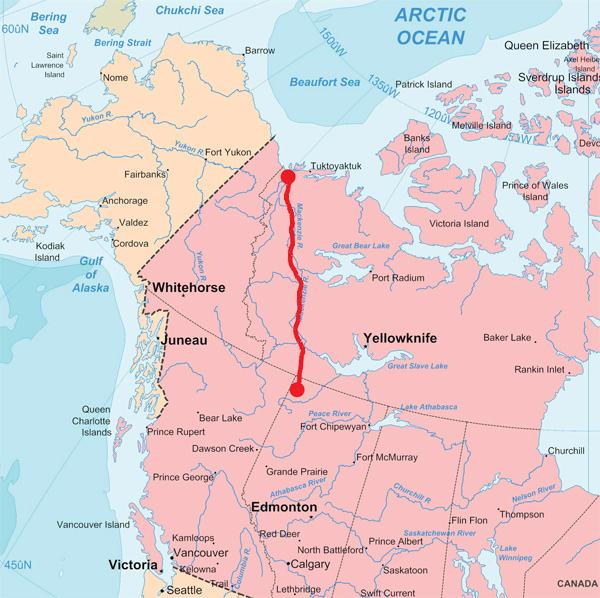
The market for biofuels is experiencing a period of rapid growth
Biofuels have been generating enormous interest over the last decade. Spikes in fossil fuel prices, the urgent need for energy independence, government subsidies and concern over greenhouse gas emissions have all driven the growing market for fuels such as ethanol, propanol, butanol, biodiesel, biomass and organic oil-based compounds.
By 2018, demand for alternative energy has spurred the industry to new heights. Ethanol production has been ramped up worldwide, now surpassing $100bn in value, compared to $35bn just a decade earlier.* Production from corn alone has jumped to over 20bn gallons.* Brazil remains a leading producer and user of ethanol, more than doubling its exports to 16bn gallons.* Due to its 40-year-old program, it retains the most advanced biofuel economy in the world, with ethanol easily surpassing fossil fuel use.
Government subsidies have been particularly high in the USA, as the need to reduce dependence on foreign oil becomes ever stronger. A significant percentage of American cars now run on biofuel, with gasoline use having fallen by almost 20%. The US Navy has also turned to biodiesel, which has now reached a reasonable price range for the task. It is hoped this will lead to the world's first truly "green fleet."*
The European Union has also increased its use of biofuel, which now makes up almost 10% of fuel use. The EU remains the second largest producer, following Brazil. Russia today is a leading biomass producer, as it alone holds almost 22% of the world's forests.
Africa is now becoming a major exporter of biofuels through international corporations, particularly in Mozambique and Tanzania.* Jatropha cultivation in the area is producing over 40,000 tonnes of oil annually. India and China have significantly increased their production too.
Despite these gains, biofuel remains controversial. The land required for production competes with that of food, at a time of increasing food demand worldwide. Ethanol production is blamed for numerous agricultural price shocks during this decade and the next. It also contributes to soil erosion, deforestation and water loss. Some solutions now emerging include the aquatic and algae biofuel market, along with a focus on non-food biofuel sources.**
While biofuel is now making a noticeable difference in energy use worldwide, it is still too early to end the planet's reliance on fossil fuels.
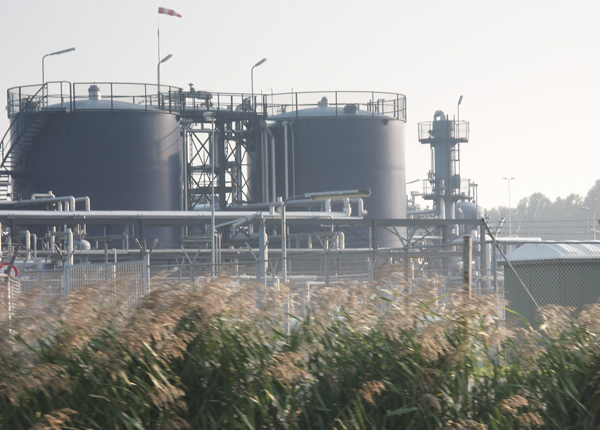
The last of Nigeria's rainforests have been felled
Nigeria was once among the Earth's most ecologically vibrant places - home to 4,700 plant types and 550 species of breeding birds and mammals. These included the forest elephant (Loxodonta cyclotis) and rare primates such as the drill monkey (Mandrillus leucophaeus), Sclater's guenon (Cercopithecus sclateri), the red-eared guenon (Cercopithecus erythrotis) and the red-capped mangabey (Cercocebus torquatus).
During the late 20th century, however, rampant deforestation took hold, with tree loss reaching nearly 4% per year. Between 1990 and 2005, the country lost over 4 million hectares of tree cover.* The most biodiverse ecosystems - the so-called "old growth" areas - were disappearing at an even faster rate, with an average of 11% being lost every year from 2000 onwards.
Logging, subsistence farming, road building (often sponsored by oil companies), mining and dam construction all contributed to the damage. The carbon lost from the destruction of these rainforests was exacerbated by the amount released from gas flaring - Nigeria flared more gas than any other country.
Despite some attempts at preservation, a resource-hungry population and its growing economy were unable to halt the tide of destruction. The bulk of Nigeria's rainforests eventually disappeared, the last few pockets shrinking into insignificance by the late 2010s.*
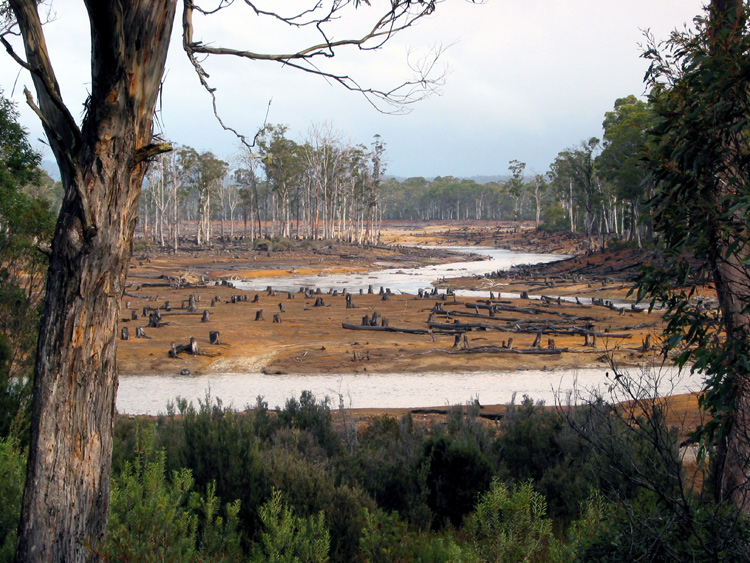
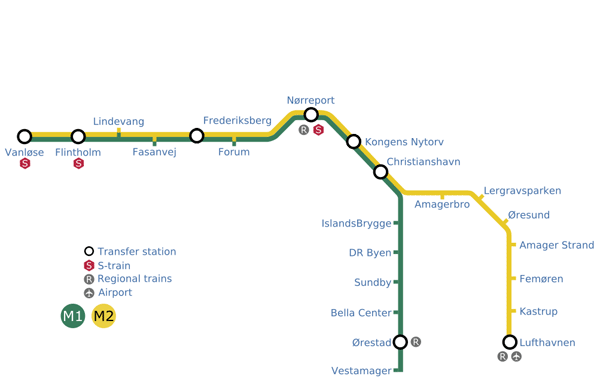
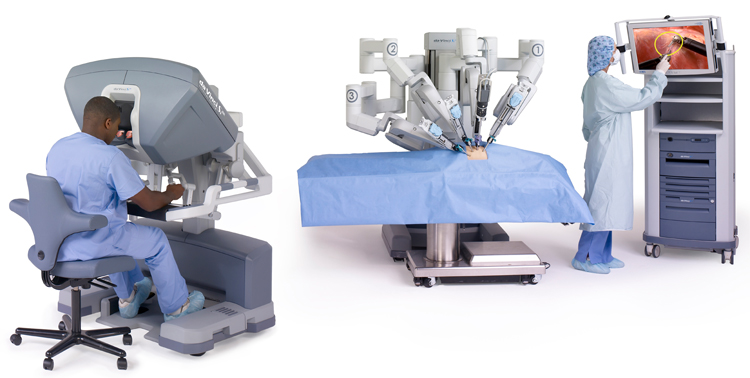
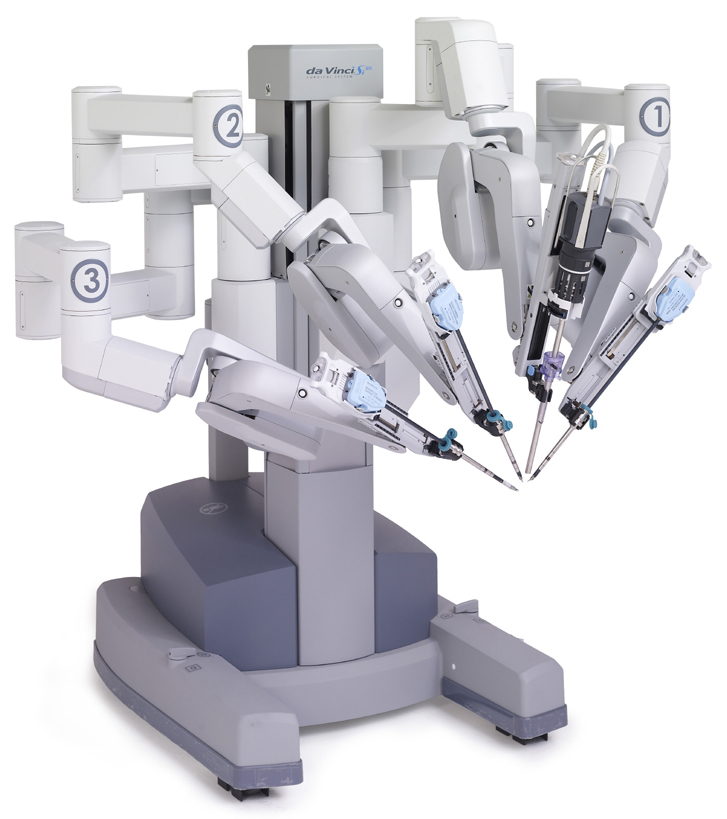
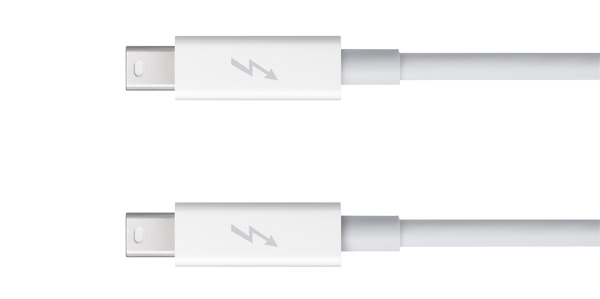
No comments:
Post a Comment